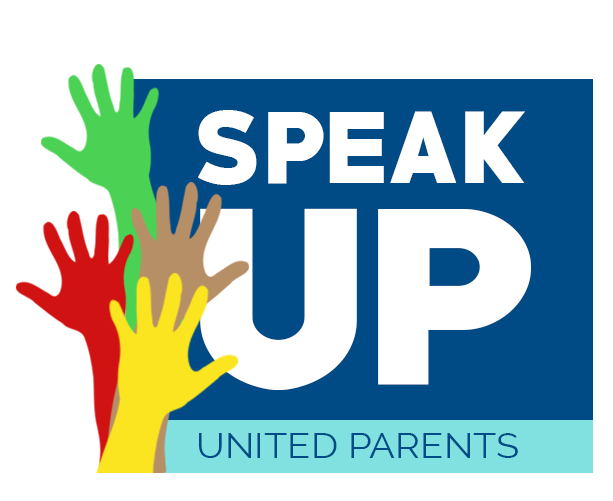Social Emotional Skills Crucial to Learning
/"I want my kid/students to be stressed out and unhappy at school" said no parent, teacher or administrator ever. But despite good intentions, it is the sad reality that school is sometimes more stressful and more isolating for kids than we’d like. And that can obstruct learning, especially in underserved populations.
As a neuroscientist and educational consultant, I often find myself talking to teachers, parents and students about the biology of emotion, stress, sociality and its relationship to learning. One of the most powerful stories about how rejection or lack of connection is represented in the brain comes from a study published in Science in 2003.
Researchers from University of California-Los Angeles and Macquarie University, in Sydney Australia put subjects (13 young adults) in an fMRI machine to watch their brain activity while performing a variety of tasks that are social in nature.
In one experimental iteration, the subject - let’s imagine it’s you - plays a virtual game of catch with two humanoid figures. With your head stabilized and facing a screen, the two figures toss the ball among the three of you and you “throw” the ball back by pushing a button with your finger. This game continues for a few minutes and then all of a sudden, without notice or explanation, the two humanoid figures on the screen stop throwing the ball to you and instead throw the virtual ball only to each other.
When the brain activity is assessed following this unexpected and admittedly minor social rejection, the researchers find that the activity pattern looks very similar to the activity pattern seen in response to physical pain (like a shock).
The conclusion from this study is that social rejection or lack of inclusion hurts much like physical pain, even in this very contrived experimental setting. And the implications are tremendous. While we’d certainly never expect a student to learn immediately following a painful sports-related injury, we often expect students to “get over it” and get their heads back to the classroom even after a potentially devastating social insult.
Thankfully, building a connected and caring school culture can minimize the amount of social ostracizing that happens during the school day. Building this culture doesn't require an excess of time or money (some suggestions here), and if reducing social pain isn’t enough motivation, a connected classroom and school culture also lowers cortisol levels in students, enhances pro-social behavior among students and even raises math scores.
How do you ensure that your kids go to a school where connection and social emotional learning is a high priority?
I recommend that you ask these questions of any school you are considering:
Does the school have a formal Social-Emotional Learning (SEL) curriculum?
Schools that use a formal SEL curriculum integrated with their academic curriculum have indicated that they value connectedness and community and are less likely to be a place where social rejection occurs. The most ambitious schools will even develop their own practices and implementation.
How does the school resolve on-going interpersonal conflicts?
Another good indicator of a connected and emotionally healthy environment is the use of mediation and peer-to-peer communication instead of punishment for interpersonal conflicts.
Is community building built into their daily classroom routine?
The regular practice of council or morning meeting dedicated to community-building and social problem solving is a clear commitment to the students’ social and emotional needs.
Does the school talk explicitly about teaching character or raising citizens?
This is often done through assembly programs or programs such as the six pillars of character.
Additional resources:
Edutopia’s Round up of SEL best practices
-- Anne-Marie Cziko, Ph.D. is a Speak UP Steering Committee Member, Co-Founder adaptED Consultants and Parent at Open Magnet Charter School.




